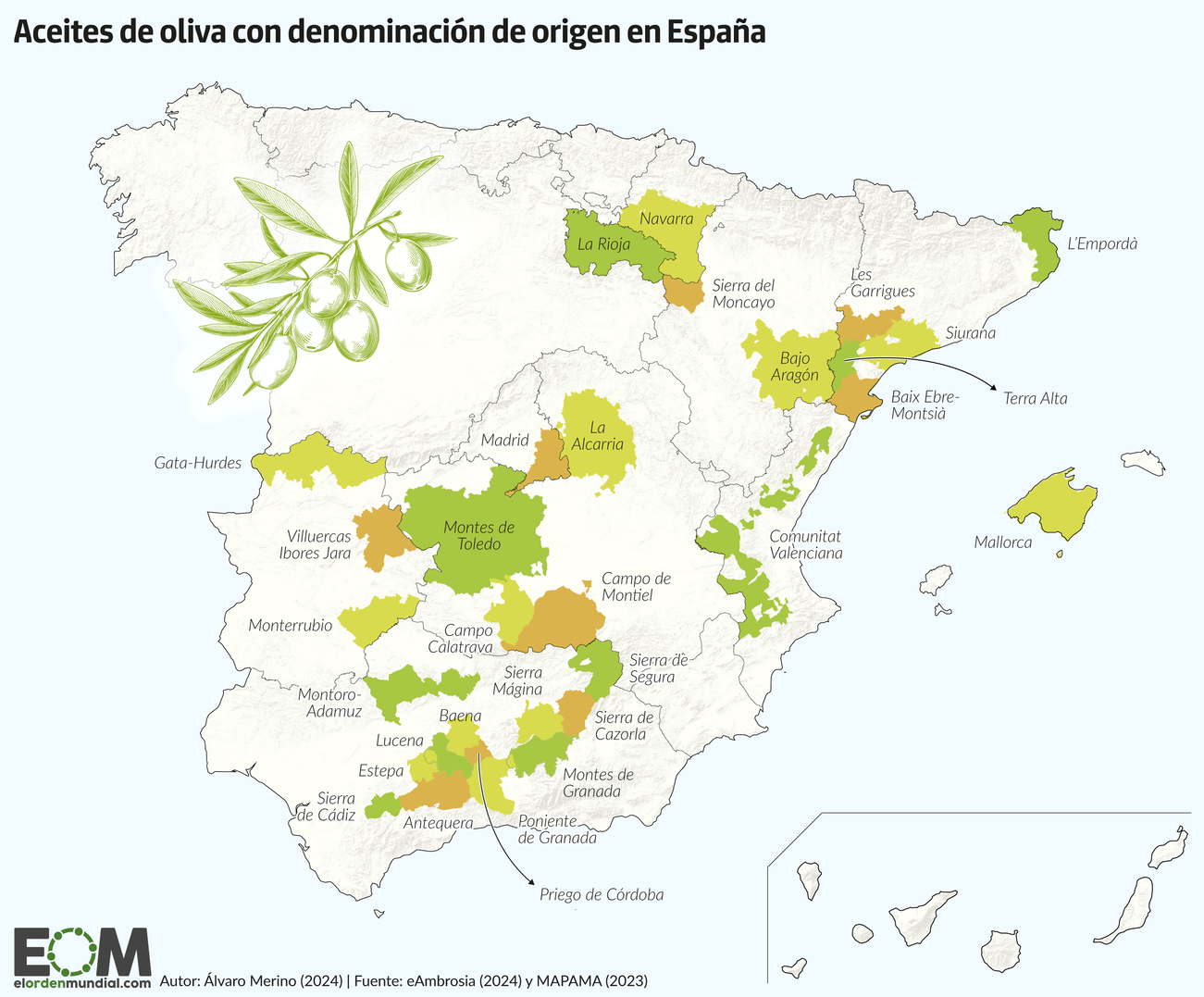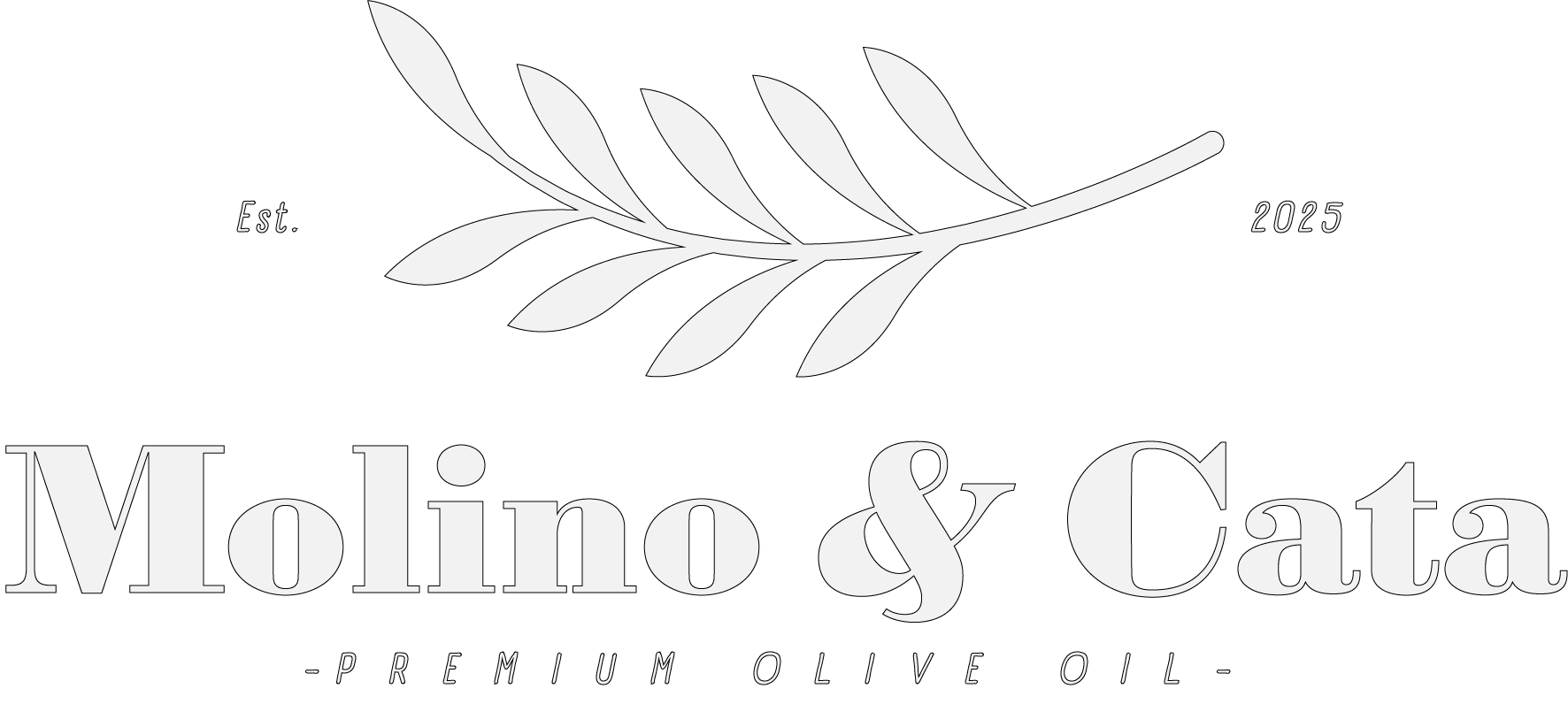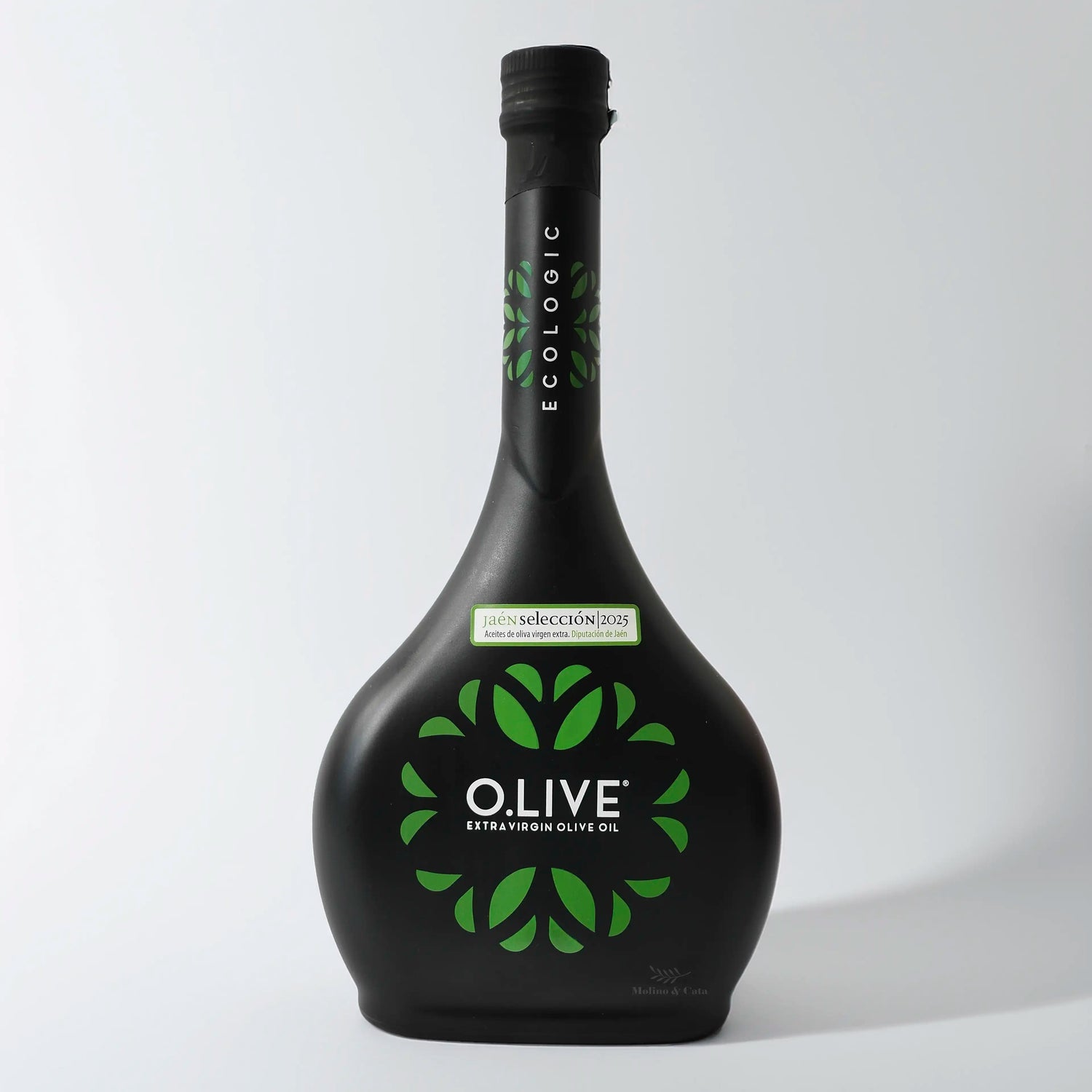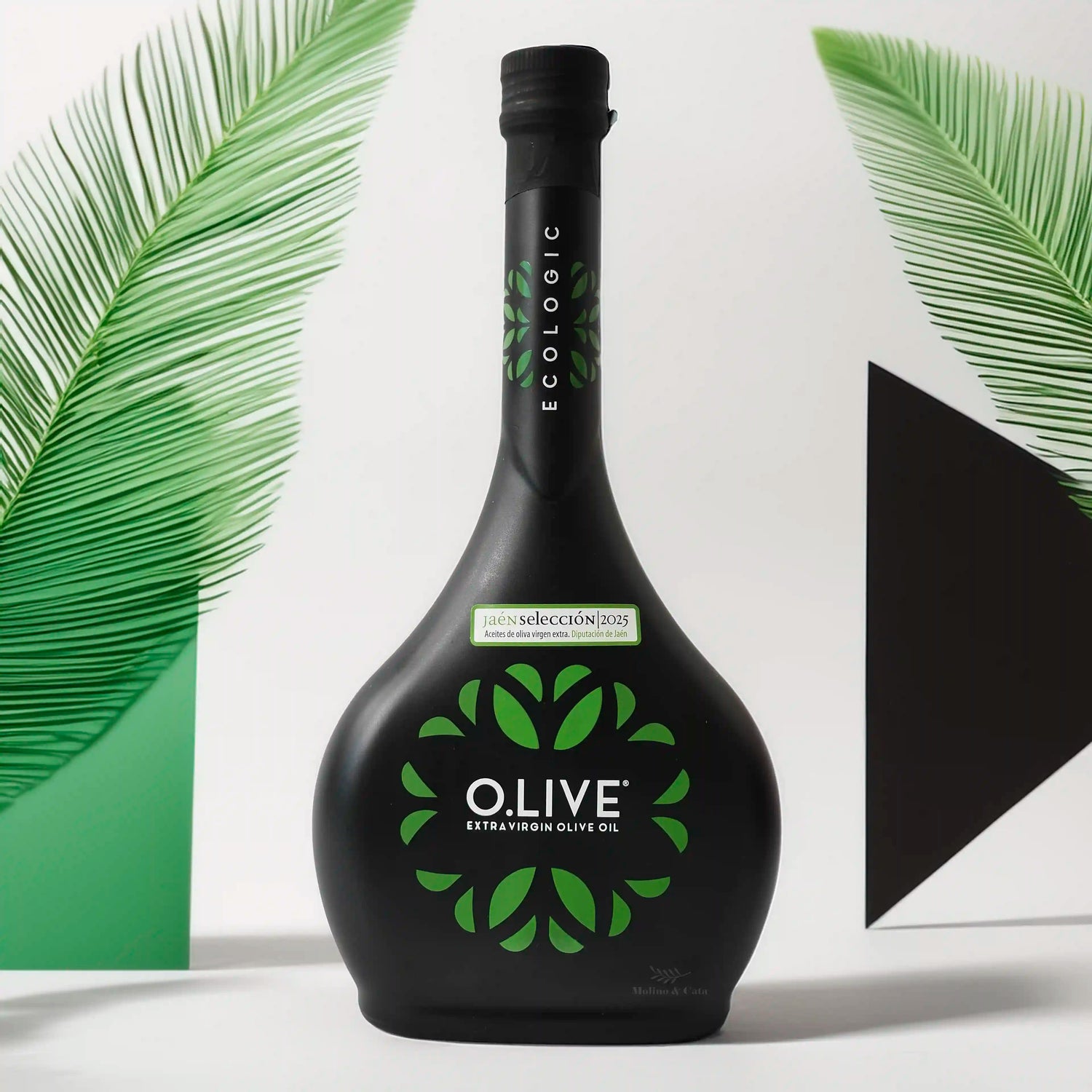Home
Articles about Extra Virgin Olive Oil
Guide to the designations of origin of olive oil in Spain

Guide to the designations of origin of olive oil in Spain
by Jerónimo Palacios
Extra virgin olive oil is one of the most iconic and valued products of Spanish cuisine . Much of its international prestige lies in the Protected Designations of Origin (PDO) and Protected Geographical Indications (PGI), which guarantee its quality and authenticity.
In Europe there are 113 designations of origin for Extra Virgin Olive Oil , of which 30 are found in Spain.


What are Protected Designations of Origin (PDO)?
PDOs recognize oils whose production, processing, and characteristics are directly linked to a specific geographical area. Spain currently has 30 PDOs for extra virgin olive oil, with the regions of Andalusia, Catalonia, and Castilla-La Mancha being particularly notable.
Andalusia is the autonomous community with the largest number of DOPs, most notably the Priego de Córdoba DOP , known for its oils made primarily from Picudo, Picual, and Hojiblanca varieties, characterized by intense fruity aromas and balanced bitter and spicy notes. Many of these are early harvested .
Another notable designation is the Sierra Mágina DOP , located in Jaén, which specializes mainly in Picual single-variety oils, intense in flavor and very rich in antioxidants.
In Catalonia, the Les Garrigues DOP , located in Lleida, was the country's first recognized designation of origin for olive oil. Its oils, predominantly Arbequina, are highly prized for their smoothness, sweetness, and light fruity notes, making them ideal for delicate dishes and pastries.
Another notable Catalan designation is Siurana , which protects oils produced in Tarragona, also made mainly with Arbequina, but with slight sensory differences derived from the specific climate and soil of this region.
Castilla-La Mancha, for its part, has the Montes de Toledo DOP , which exclusively protects oils from the Cornicabra variety. This oil is recognized for its medium-to-high fruitiness, persistent, and exceptional balance of bitterness and spiciness, providing stability and long shelf life.
Also noteworthy is the Campo de Montiel DOP , which mainly covers Picual and Cornicabra oils, with intense and balanced organoleptic profiles.
Extremadura has the Gata-Hurdes DOP , which protects oils produced in northern Cáceres using native varieties such as Manzanilla Cacereña, offering a smooth, balanced oil with notes of green apple and a slight sweetness. This designation stands out for its preservation of traditional and sustainable agricultural practices.

What are protected geographical indications?
Protected Geographical Indications (PGIs), although less numerous, also play an important role in certifying the quality and origin of extra virgin olive oils in Spain.
Among them, the PGI Aceite de Jaén stands out, which covers oils produced throughout the province of Jaén, primarily of the Picual variety, although other local varieties such as Royal, Manzanilla, and Arbequina are also permitted. These oils are characterized by their high stability and richness in natural antioxidants.
Another notable PGI is Oli d'Eivissa/Aceite de Ibiza, which protects oils produced on this Balearic island, primarily from Arbequina, Picual, and Koroneiki varieties. These oils feature smooth, balanced sensory profiles with fruity nuances characteristic of the island's Mediterranean climate.
The value behind designations of origin and protected geographical indications
These quality labels have a positive impact not only on consumer perception, but also on the economic and environmental development of their respective regions. PDOs and PGIs promote traditional and sustainable agricultural practices , contributing to the conservation of the landscape, biodiversity, and local cultures.
For consumers, purchasing olive oils with PDO or PGI certification is a guarantee of quality, authenticity, and transparency. Labels provide essential information such as the olive variety, the specific geographical area, and the production methods used, helping them make informed decisions.
Furthermore, designations and geographical indications promote gastronomic tourism, offering unique experiences related to the local olive oil culture.
Each region, through events, gastronomic tours, and guided tastings, seeks to spread knowledge about extra virgin olive oil and highlight its unique characteristics and health benefits.
PDOs and PGIs play a key role in preserving the richness, diversity, and exceptional quality of Spanish extra virgin olive oil. Supporting certified products not only ensures culinary and health benefits but also contributes to keeping alive the agricultural traditions that make the Spanish olive oil sector unique.
Share












